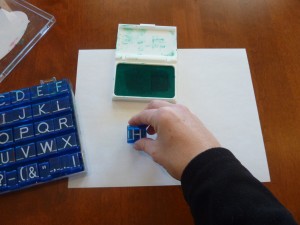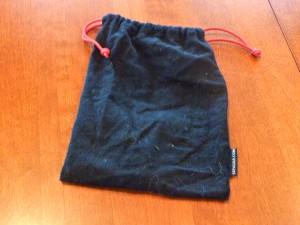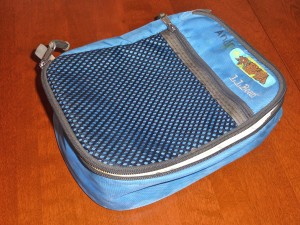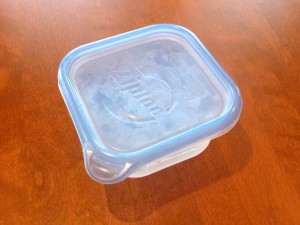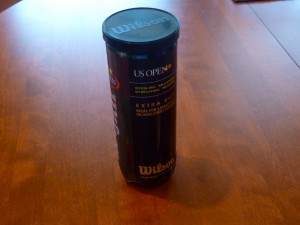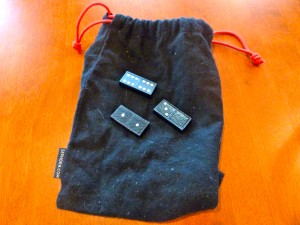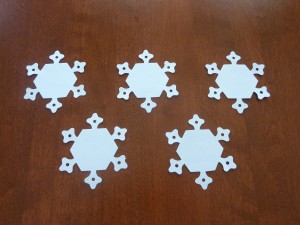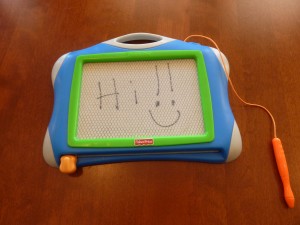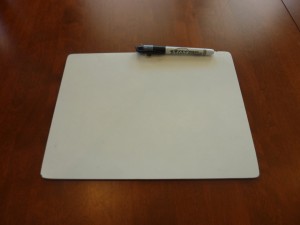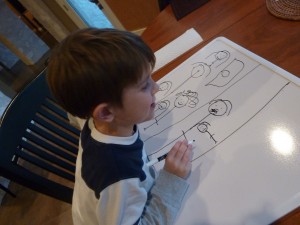If you have been following my posts, you know that one thing I try to do when putting together activities for My Obstacle Courses is use things I already have, whether they are toys, pouches or calendar cutouts. I love it when I look around the house and find something that can help me make developmental and academic skill building fun by using it in a different way.
One Christmas, years ago, we received one of those game sets with dice, cards, dominos, chess pieces and wooden circles to be used as checkers all stored inside a wooden box. I was trying to reduce the amount of stuff and clutter that had accumulated and found this game set just sitting in a cupboard. While we had packed and moved it a few times, we never really used the game set for it’s original purpose. Now that I was thinking with a different mindset, trying to use things around the house to help Andrew, I was glad we still had it because of all the possibilities for the pieces inside. The box (which was broken) went, the pieces stayed!
Domino Math

These dominos were found in the game set and while they may not seem very exciting to you, I was thrilled! You may think that all you can do with them is line them up and watch them fall down…

or match up sides that have the same.


While these are both great activities for fine motor skill building (having to place them so they line up) and the latter is good for number awareness, there are other ways to use them at home, specifically to build and reinforce math skills.
I do My Obstacle Courses with Andrew so I can have fun and really engage with him. Having some unexpected tools like dominos helps to keep things interesting and since there are usually 28 in a box or package, it allows for a good deal of randomness. When I place some in a pouch and he has to reach in and take one out, neither of us know what it’s going to be and that alone turns it into a bit of a game – more fun than flash cards in my opinion! Once you have your dominos, preparing these station activities is a piece of cake!
My Obstacle Course Station Activity: Â Matching Dominos With Total Number Of Dots
- I chose 8 dominos. (The number of dominos you choose is up to you.)
- I wrote out the total number of dots from each domino on a Post-It Note and arranged them at the station in random order. Â You could put them in number order as well, I just wanted him to be really looking at the number on the paper. Â Note: Â Instead of writing the numbers or facts for them, you could provide a white board or chalk board and have them write the numbers or facts as they pull them out to build writing skills.
- I placed them in the black pouch (adds some mystery!).





My Obstacle Course Station Activity: Â Matching Dominos With Their Addition Equation



Same activity using the colored dominos.


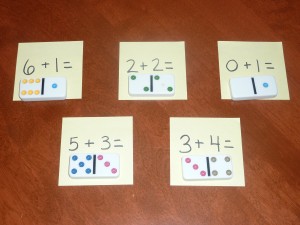
I love how easy (and inexpensive!) these activities are to set up and how by adding a little bit of mystery and randomness, they become a fun way to build math skills.
Engage, Encourage and Empower!

